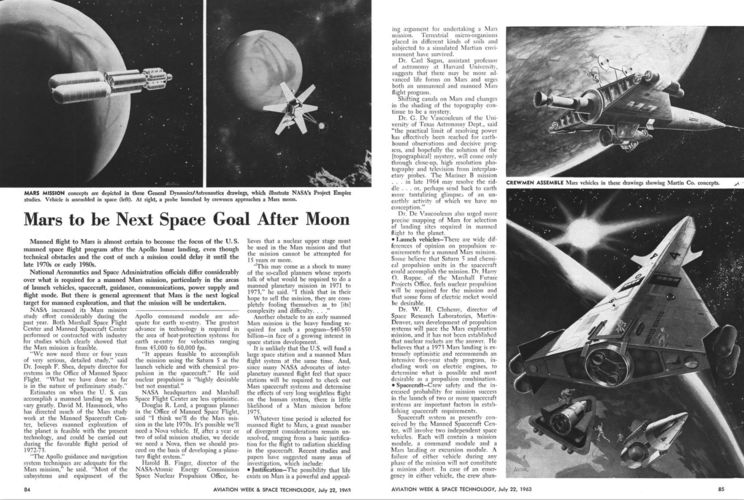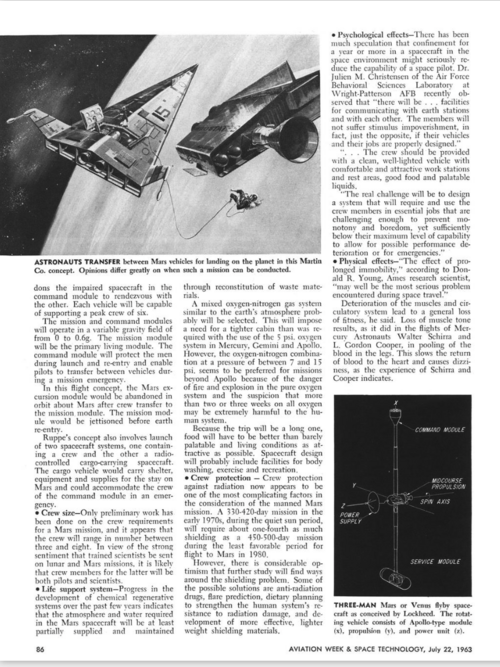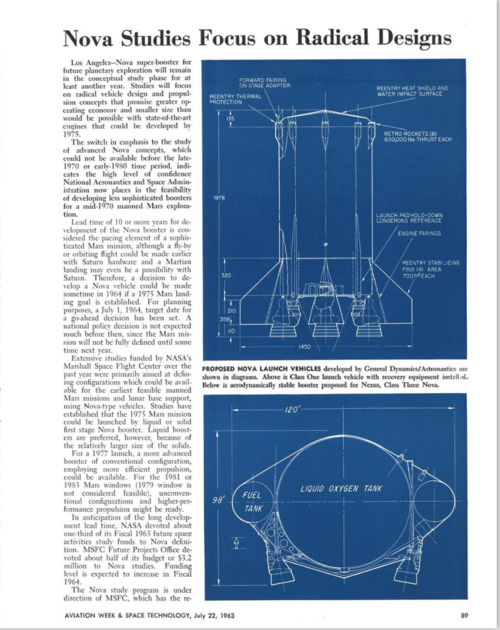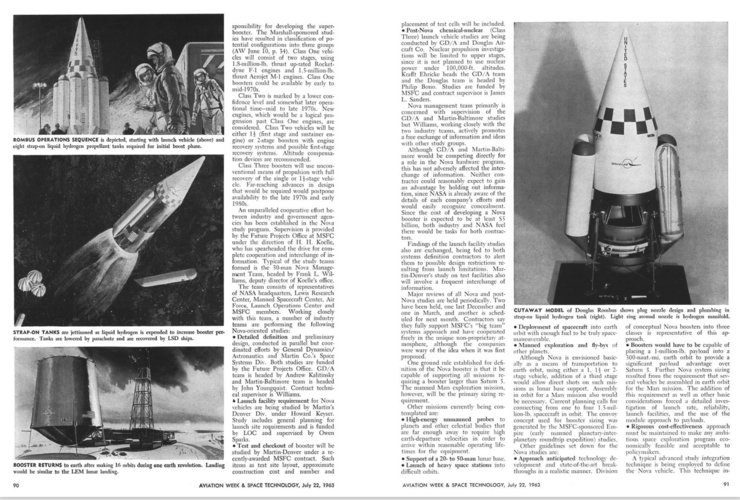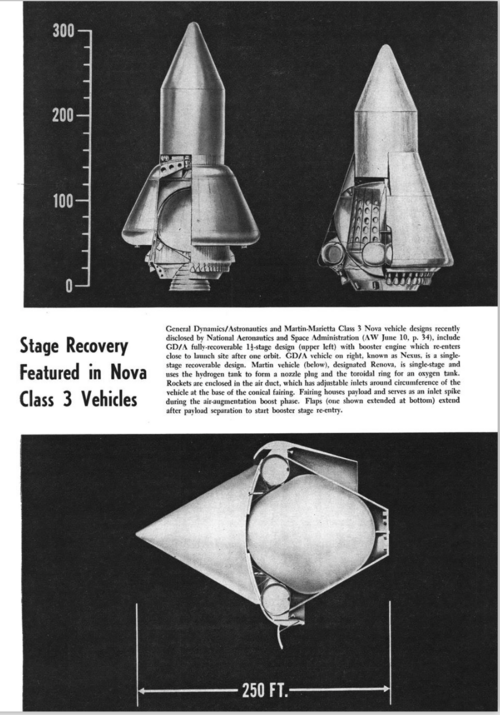T. A. Gardner
ACCESS: Top Secret
- Joined
- 18 February 2021
- Messages
- 1,152
- Reaction score
- 2,022
I would say that an argument could be made that lifting less volatile propellants would be an answer to that. That is, just because H2 is a very good weight to energy propellant, doesn't mean using one that's less volatile couldn't be used instead. Storable ones would eliminate the need to do things in one lift.
Adding in a reusable lift vehicle would make this even more doable. So, instead of building a rocket system to lift a few persons to say, Mars, you build the equivalent of the ISS on a larger scale to take more people and materials to Mars doing so over a longer period of assembly.
Adding in a reusable lift vehicle would make this even more doable. So, instead of building a rocket system to lift a few persons to say, Mars, you build the equivalent of the ISS on a larger scale to take more people and materials to Mars doing so over a longer period of assembly.

